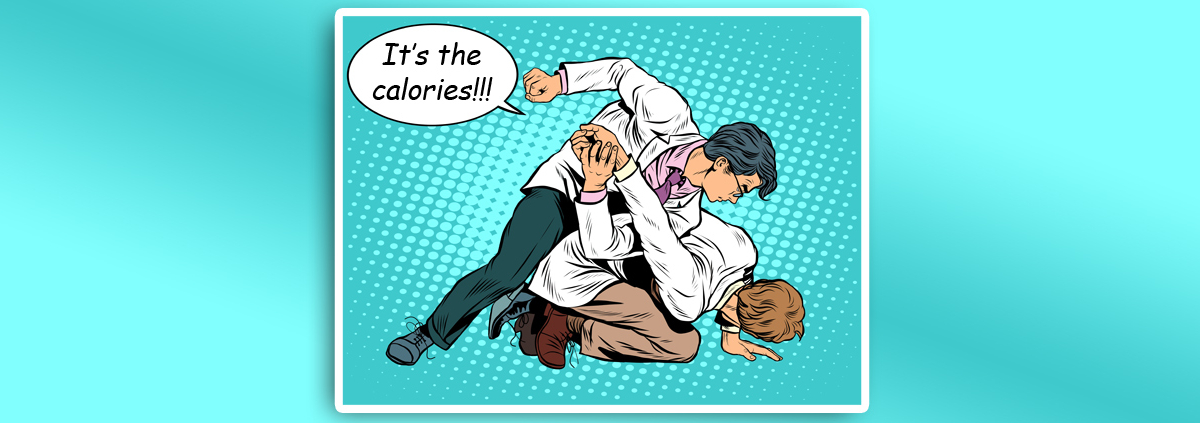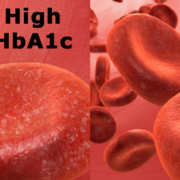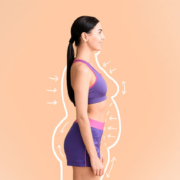It’s All About the Calories
The paper advocating the carbohydrate-insulin model (CIM) for explaining the obesity pandemic, not only in the U.S. but throughout the world, was written by the leading experts in endocrinology and nutrition. There were experts who’ve conducted some of the major nutritional studies that you’ve heard about over the years, from the Women’s Health Initiative to studies on the ketogenic diet. This is an expert group.
I agree with their desire for more research in this area. They’re trying to find out what would constitute their definition of cause: what increases appetite? Does palatability drive food choices? What hormones impact how much a person eats? And more. Where I disagree is in their lack of acknowledgement of the energy balance model (EBM) as valid. I outlined a written response to send to the journal that would have been about five pages long. Here are my two primary arguments.
Prior Research on Weight Loss
The authors talk about prior research showing that a low-fat diet doesn’t work long term; one of the authors was heavily involved in the weight loss study on a low-fat diet in the Women’s Health initiative. Their analysis was incorrect. The objective of that study was to compare a group of normally fed women eating the typical American diet of close to 40% fat with a group who was going to lower their fat intake to 20%. In the analysis, there were no differences in weight loss over the course of the study. The results suggested that a low-fat diet doesn’t work.
Here’s the problem: looking at the data from that study, what you see is that the women who were supposed to achieve a 20% fat intake couldn’t get below 28%. That doesn’t meet the goals of the study and thus doesn’t support their conclusion.
The Minnesota Starvation Experiment
My primary argument goes back to the research done on conscientious objectors during World War II. I’ve talked about this fascinating study many times, but here’s the short version: for a period of six months, 36 men who were conscientious objectors had their caloric intake cut by 25%. Their physical activity was also increased; they had to walk up to 22 miles per week.
What was unique was that they were weighed every week and their caloric intake adjusted based on weight loss or weight gain. If they did not lose the required amount, they were given less food. If they lost too much, they were given more food.
What makes that study even more consequential is the types of food that they were given to eat. The menu was very low fat and had virtually no protein; it consisted of breads and starches from root vegetables. In the CIM, that would be just about the worst types of food to eat to lose weight. But remember, the purpose of that study was to feed people foods that would be available after the end of the war. Every subject lost weight and lost it on a linear basis; most emerged looking emaciated. That’s the only study I’ve ever seen where people lost weight in a linear fashion over that period of time, and they did it eating an almost 100% carbohydrate diet.
The Bottom Line
There are many other aspects of the paper that I could comment on, but those are my two strongest points. I do believe that insulin is the most powerful hormone in the body; it does help store food as fat if someone overeats for an extended period of time. That makes it more difficult to sustain weight loss until the body is retrained to lose weight and keep it off.
But let me be clear: it always was, it is, and it always will be about the calories regardless of the source. Eat too many and you gain weight. Eat fewer and you lose weight. For sure, make better choices on the selection of the food that you eat and move more. But it’s all about the calories. Period.
What are you prepared to do today?
Dr. Chet
Reference: AJCN. 2021. doi: https://doi.org/10.1093/ajcn/nqab270.









